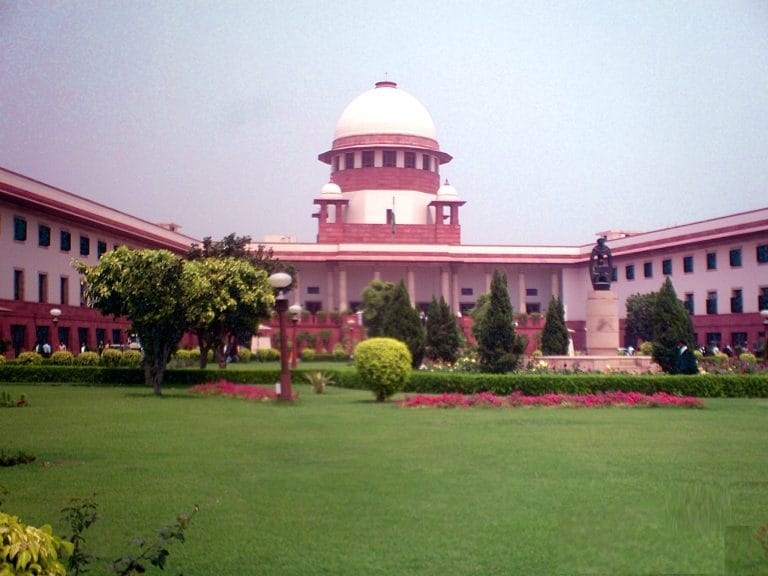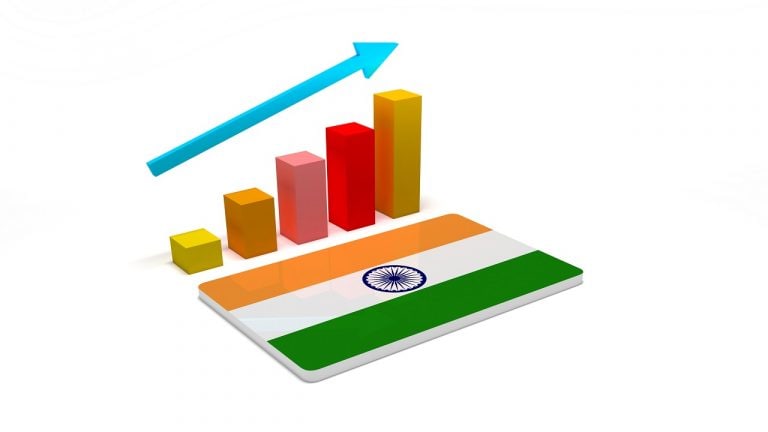The Supreme Court lastly delivered its verdict within the long-pending curiosity waiver matter at the moment.
Part I
First, by disallowing an entire waiver of curiosity for loans throughout the six-month moratorium interval, the apex courtroom has upheld the fundamental rules of banking. Protecting the depositors’ curiosity is on the core of banking. Waiving off curiosity to assist debtors would inevitably come at the price of hurting depositors. With the courtroom ruling towards this, a disaster has been averted.
The financial institution, in spite of everything, is barely an middleman. It borrows from savers, and loans out the cash to debtors. What it pays savers to borrow the cash, it earns again from the debtors by charging curiosity. This is a reasonably simplistic rationalization, however that’s how the banking system works, roughly. If debtors don’t pay financial institution the curiosity on their loans, banks would have little choice however to compensate by slicing the charges they provide to depositors. Or, they could have to lift the charges they cost different debtors to make up for the misplaced revenue, which might be unfair to the nice debtors.
For NBFCs, the issue can be even larger as a result of they themselves couldn’t avail of the moratorium on mortgage repayments throughout the six months between March – August 2020, however they have been obliged to supply it to their debtors.
Additionally, some sectors like energy had hunted for extension of moratorium and sure reduction packages. The courtroom turned down this request too, and mentioned it was not for courts to resolve on financial and monetary issues, however for the federal government and Reserve Bank. The courtroom made its stance clear, it won’t intrude in coverage making. Again a welcome reduction.
Part II
Now to the second a part of the order regarding compound curiosity, or because the extra well-liked time period used with the case goes- “interest on interest.” Here, the Supreme Court dominated that debtors be compensated for the compound curiosity they’ve paid on their loans, with none phrases and circumstances.
As issues stand, the federal government has already refunded the compound curiosity for all the six month interval to debtors with loans of upto Rs 2 crores. The Court has now prolonged the reduction to all debtors, even these with loans of over Rs 2 crores.
The extension of reduction ensures that debtors who didn’t avail of the moratorium won’t remorse having been well timed with their reimbursement.
Yet, this a part of the ruling might set a nasty precedent. Charging curiosity as penalty for delayed curiosity funds is routine banking observe. The worth of curiosity paid by a borrower two or three years later than he was supposed won’t have the identical worth. That worth would have been eroded by rising inflation. This is why banks levy an curiosity on delayed curiosity funds.
Estimates recommend that a further Rs 7,500 crores or so must be repaid to debtors because of this order. Anil Gupta, Vice President – Financial sector Ratings, ICRA Limited mentioned, “As per our estimates, the compounded interest for six month of moratorium across all lenders is estimated at Rs 13,500-14,000 crore. The GoI had already announced relief for borrowers having borrowings upto Rs 2 crore which was estimated to cost ~Rs 6500 crore to exchequer. With announcement of waiver for all borrowers, the additional relief of Rs 7000-7500 crore will need to be provided to borrowers.”
The expectation is that the federal government, which had borne the burden of the compound curiosity waiver initially, will even step in to foot the invoice for this extra sum. The authorities, nevertheless, has not formally clarified this but.
Part III
The third a part of the order pertains to the asset classification standstill. In October, whereas listening to this matter, the Supreme Court requested banks to not classify any accounts that have been common in funds as on August 31, 2020 right into a non-performing class even when they delayed funds. The courtroom requested banks to keep up a “standstill” on the classification of all such accounts. This resulted in banks displaying artificially decrease stress ranges within the quarter passed by.
As a part of its closing order, the highest courtroom lifted this keep, saying, “Interim relief granted earlier not to declare the accounts of respective borrowers as NPA stands vacated.”
Therefore, confused accounts that have been artificially stored as normal will now need to be downgraded by banks within the March quarter. Banks reported complete gross NPAs of Rs 7.four lakh crores, however the precise gross NPA, or proforma NPA (with out the SC standstill order) would have been Rs 8.7 lakh crores as an alternative. Therefore, the distinction of Rs 1.three lakh crores is the extra quantity that banks should declare as gross NPA within the quarter ending March 31. Similarly, banks are anticipated to declared one other Rs 1 lakh crore as web NPA moreover on this quarter. This determine ought to hardly come as a shock to traders as banks have been disclosing, if not reporting of their revenue and loss statements, the extra unrecognised stress.
Referring to the SC order at the moment, Krishnan Sitaraman, Senior Director, CRISIL Ratings mentioned, “It also clears the way for lenders to recognize NPAs as per the delinquency record of borrowers, which they had not been able to since the end of the moratorium period in August 2020. Most lenders, however, had disclosed, proforma NPAs and also made provisions against the same which may limit the immediate impact on profitability.”
Conclusion
Not fully waiving off curiosity on loans below moratorium, not intervening in commercial-decision making of lenders- each introduced reduction to banks. The waiver of curiosity on curiosity, not a lot.
The lifting of keep on NPA classification might trigger banks some speedy ache as they declare increased dangerous loans, put aside extra provisions. But this additionally brings about transparency, provides the actual image on stress ranges, and within the course of earns the traders’ belief. All in all, a bitter-sweet ending.




